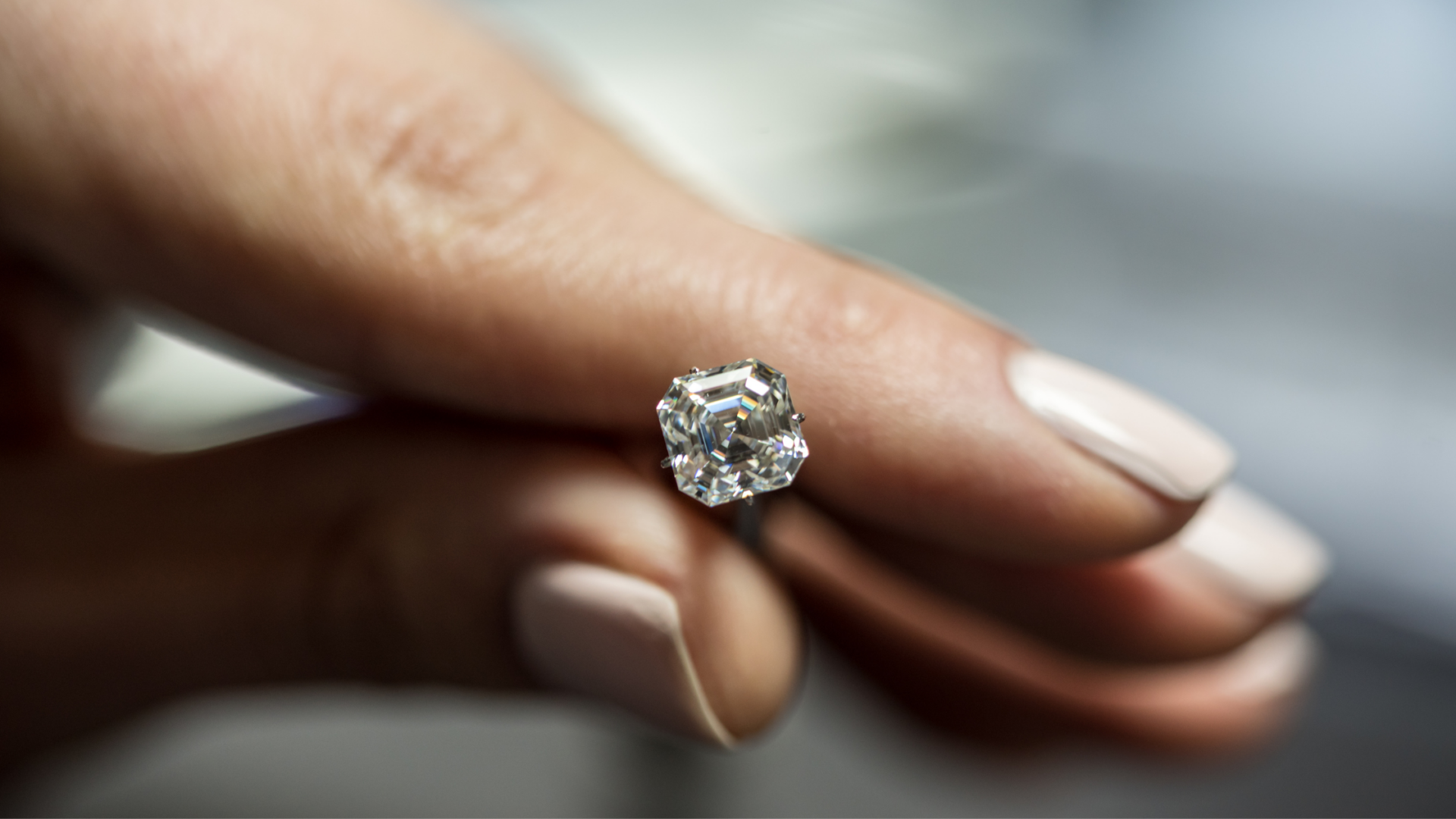- Joined
- Apr 25, 2014
- Messages
- 8,228
Hello again all 
I have been reading up tonight on Lower Girdle Facet lengths and the impact they have on the look of the diamond.
Taking them on their own for the moment (and ignoring differences in other facets that will have an impact) it seems the general rule is the shorter the LGFs (<77%) the broader the arrows and the broader the flashes of fire from them due to their increased size, although there won't be so many flashes. At the other end, with longer arrows (>77%, with over 85% being extremely long) the narrower the arrows and the more pinpoint flashes of white that will be given off, with reduced fire due to the light being reflected as a whole back to the eye (rather than being split up into its different colours over a longer length and the eye only seeing one colour out of the many that makes up white light).
Going from the above, if one has a lower colour stone should one look for longer LGFs so that more white light is returned, making the stone look whiter and like a higher colour?
Also, if one is looking for smaller stones, such as earring studs that will have less surface area to reflect light and proportionally smaller facets overall due to its overall smaller size, should one also look for longer LGFs in order to increase the amount of light return from the limited surface area (because there are more flashes than would be the case with shorter LGFs and their fatter arrows, therefore it will look brighter)?
I know a lot is down to personal taste but I just wondered if the science backed up my random thoughts lol
lol
(I guess my main concern is that small earring studs might look a bit 'dead' due to their smaller size and less chance of returning light to a viewer's eyes??! )
)
If I am completely wrong then I won't mind being told lol
lol
I have been reading up tonight on Lower Girdle Facet lengths and the impact they have on the look of the diamond.
Taking them on their own for the moment (and ignoring differences in other facets that will have an impact) it seems the general rule is the shorter the LGFs (<77%) the broader the arrows and the broader the flashes of fire from them due to their increased size, although there won't be so many flashes. At the other end, with longer arrows (>77%, with over 85% being extremely long) the narrower the arrows and the more pinpoint flashes of white that will be given off, with reduced fire due to the light being reflected as a whole back to the eye (rather than being split up into its different colours over a longer length and the eye only seeing one colour out of the many that makes up white light).
Going from the above, if one has a lower colour stone should one look for longer LGFs so that more white light is returned, making the stone look whiter and like a higher colour?
Also, if one is looking for smaller stones, such as earring studs that will have less surface area to reflect light and proportionally smaller facets overall due to its overall smaller size, should one also look for longer LGFs in order to increase the amount of light return from the limited surface area (because there are more flashes than would be the case with shorter LGFs and their fatter arrows, therefore it will look brighter)?
I know a lot is down to personal taste but I just wondered if the science backed up my random thoughts
(I guess my main concern is that small earring studs might look a bit 'dead' due to their smaller size and less chance of returning light to a viewer's eyes??!
If I am completely wrong then I won't mind being told




300x240.png)